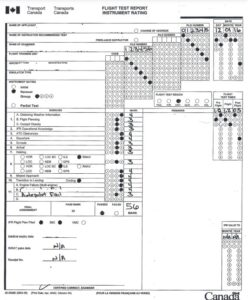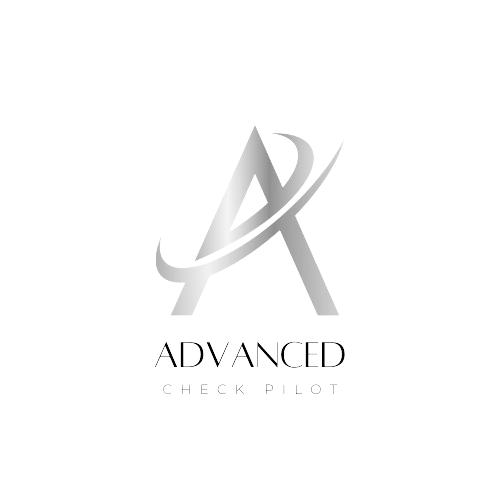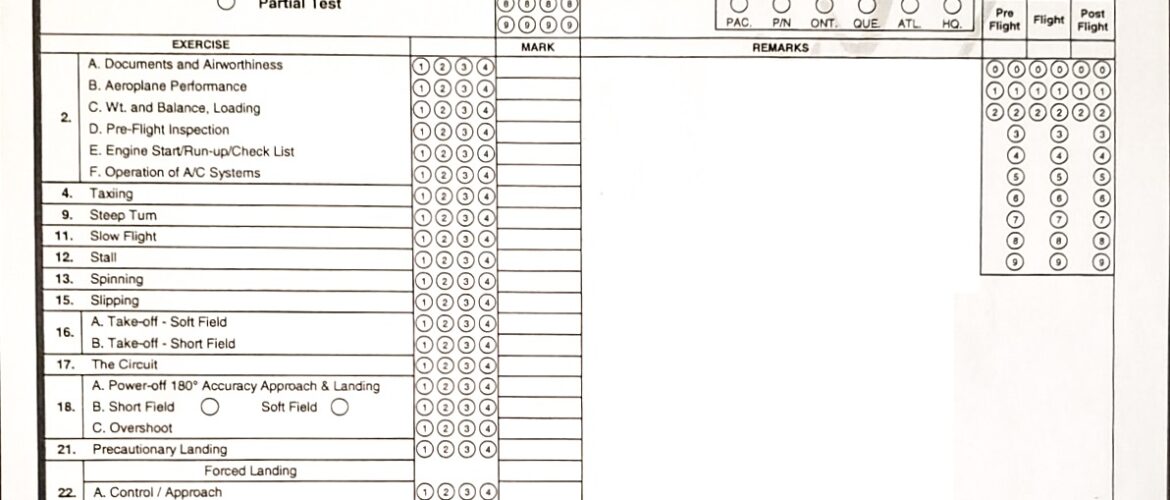The flight test involves assessing various air exercises, such as takeoffs, landings, emergency procedures, and navigation. Each exercise is designed to evaluate specific skills needed to be a safe and competent pilot. The scoring is based on your ability to perform these maneuvers smoothly, with precision, and in accordance with Transport Canada’s guidelines. The most recent scoring sheets, updated in March 2020, are available, but it’s important to check with your flight school or Transport Canada to ensure you’re using the most up-to-date version.
Tips to Prepare for the Flight Test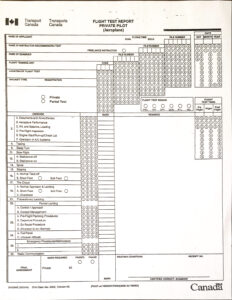
- Understand the Scoring System: Each air exercise you perform is graded based on accuracy, decision-making, and overall safety. Review the specific maneuvers on the Transport Canada scoring sheets, and make sure they align with your training. By knowing how you’re evaluated, you can focus on areas where you might need improvement and ensure you meet or exceed the minimum passing standards.
- Focus on Common Weaknesses: While every pilot has different strengths, some common challenges include crosswind landings, emergency handling, and navigation. These skills are critical in real-life flying, so examiners tend to scrutinize them closely. If these areas are particularly difficult for you, ask your instructor for targeted practice. Work on refining your technique, and ensure you feel comfortable with these maneuvers before test day.
- Use Practice Tests: A highly effective way to reduce anxiety and improve performance is by taking mock flight tests. Instructors can simulate real test conditions, giving you the chance to perform under pressure. These practice tests help to identify weaknesses and areas for improvement while also familiarizing you with the flow of the real test. Having this experience will boost your confidence and make you feel more at ease on test day.
- Leverage Transport Canada Resources: Transport Canada provides a wide range of resources designed to help students prepare for both PPL and CPL exams. These include study guides, reference materials, and sample tests. Make full use of these tools to broaden your knowledge, fill gaps in your understanding, and ensure you’re well-prepared for all areas of the flight test.
- Stay Calm and Composed on Test Day: Even the most prepared students can feel anxious on the day of the test. Nerves can lead to simple mistakes, which could otherwise be avoided. It’s crucial to remain calm, trust your training, and focus on each exercise as it comes. Remember, the examiner is not just testing your technical ability but also your decision-making under pressure.
Additional Considerations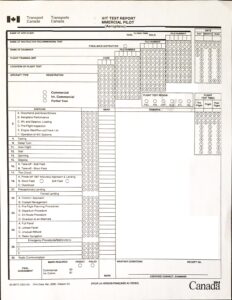
- Preparation is Key: Consistent practice and thorough preparation are essential. Don’t wait until the last minute to begin reviewing materials or practicing specific maneuvers. Begin early and ensure your skills are sharp well before test day.
- Debrief After Practice Flights: After each practice session or mock test, sit down with your instructor for a thorough debrief. This is an opportunity to receive constructive feedback and address any concerns.
- Mental Preparation: Mental readiness is just as important as technical skills. Visualize each exercise beforehand and mentally rehearse the steps involved. This can improve your focus and reduce errors during the actual test.
In summary, passing your flight test requires a combination of technical proficiency, understanding the evaluation process, and managing test-day pressure. By using these tips and staying well-prepared, you’ll increase your chances of success and move one step closer to earning your pilot license.
